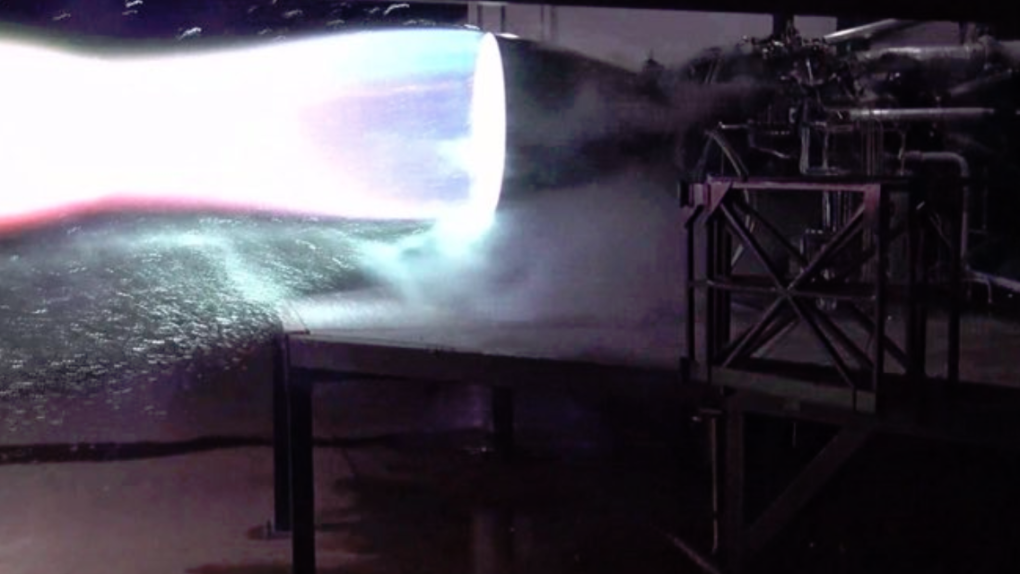SpaceX has a big year ahead of it as it continues to fulfill rocket launch contracts for clients eager to send stuff into space, but it’s the company’s Starship project that has gotten the most attention from science fans.
The Starship platform, which boss Elon Musk says will be the project that travels to Mars and beyond at some point in the not-so-distant future, will begin launch testing soon. Before that can happen, SpaceX needs to make sure its engines are working as intended, and a test firing conducted on Sunday suggests that all is well.
In a series of tweets, Musk showed off the “Starship Raptor engine” which will push the smaller Starship test vehicle skyward. We were treated to a still image as well as a couple of videos of the engine in action, and boy is it loud.
— Elon Musk (@elonmusk) February 4, 2019
This next video is the one that comes with a volume warning:
— Elon Musk (@elonmusk) February 4, 2019
These early tests are vital to Starship’s success, but you might remember a couple of weeks back when the Starship was in the headlines for an entirely different reason. The Starship Hopper — the smaller prototype craft that will be used for hop tests rather than going all the way into space — sustained damage when it tipped over in high winds at the launch facility.
At the time, Musk noted that it might take “a few weeks” to repair the damage the spacecraft sustained, but remained upbeat about the project. We’re still not sure exactly when SpaceX will first send its Starship into the sky, but these new videos suggest the engine technology will be ready.
The Starship Hopper will be equipped with a trio of these engines, but the full-scale Starship will have over twice that number. The booster, which SpaceX has taken to calling Super Heavy, will be equipped with dozens of the high-powered rocket engines to give the Starship enough oomph to push it into space.







